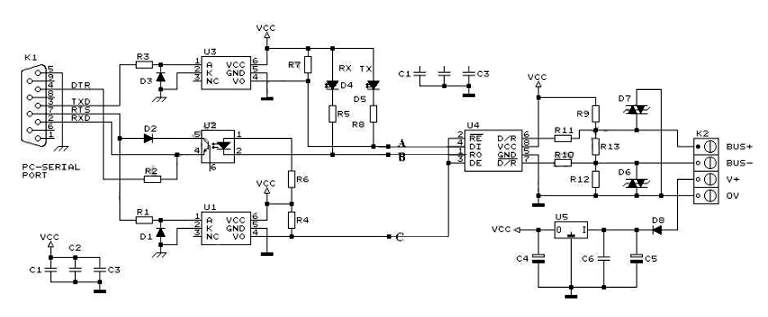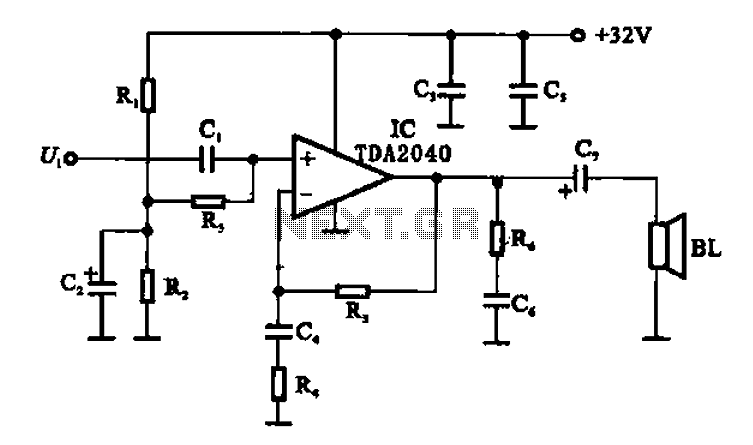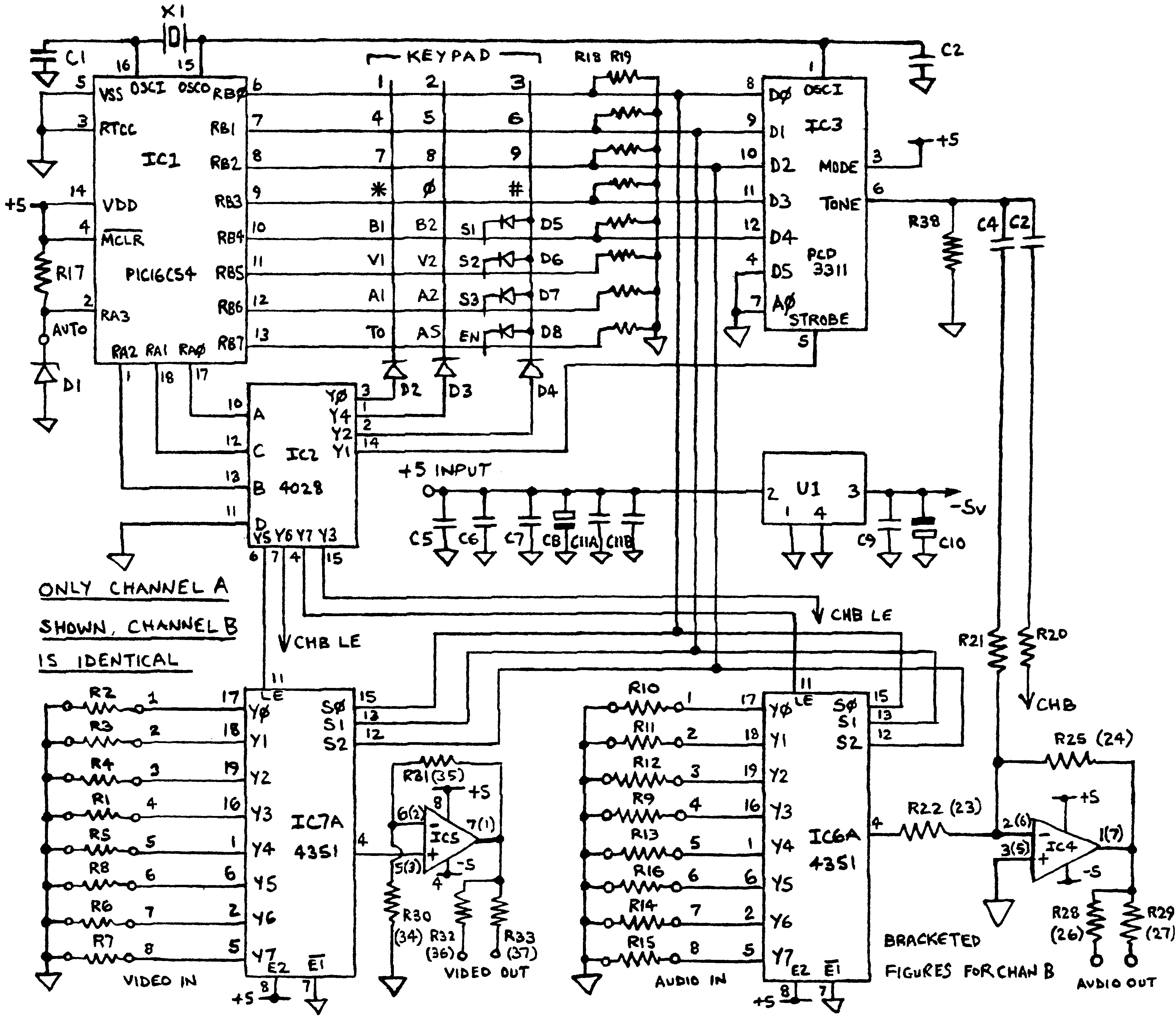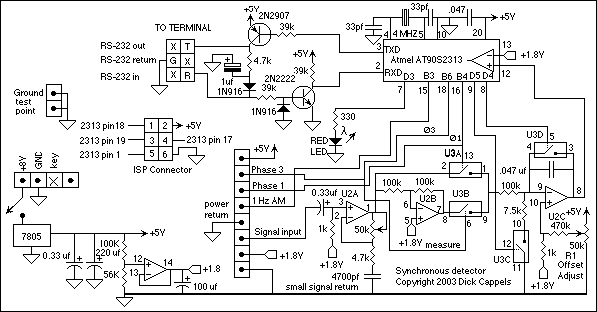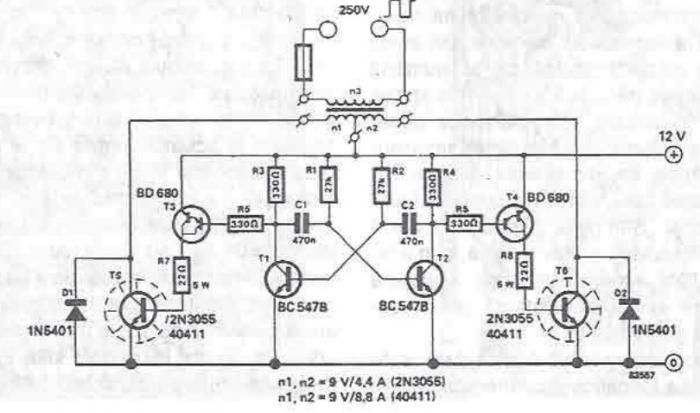
Cheap Metal Detector Circuit

The working principle of this inexpensive and simple-to-build metal detector circuit involves mixing two equal frequencies, which results in a low-frequency interference.
The metal detector circuit operates on the principle of heterodyning, where two frequencies are combined to produce a new frequency. In this case, the circuit typically employs an oscillator to generate two signals of equal frequency. These signals are then mixed in a non-linear component, such as a diode, which creates beat frequencies as a result of the interference between the two signals. The output from this mixing process generates a low-frequency tone that is indicative of the presence of metal.
The circuit generally comprises several key components: an oscillator, a mixer, an amplifier, and a speaker or headphone output for audio feedback. The oscillator can be implemented using a simple LC circuit or a dedicated oscillator IC, providing a stable frequency output. The mixer can be realized with a diode or a transistor configured in a way to facilitate the mixing of the two frequencies.
When metal is introduced into the detection field, it alters the electromagnetic field generated by the oscillator. This change modifies the frequency of the signals being mixed, resulting in a shift in the beat frequency. The amplifier then boosts this signal to a level that can be easily heard through the output device, alerting the user to the presence of metal.
The simplicity of the design allows for easy assembly and low-cost components, making it accessible for hobbyists and educational purposes. This circuit can serve as an excellent introduction to the principles of electronics, frequency mixing, and metal detection technology.The working principle of this cheap and easy to build metal detector circuit consists in mixing two equal frequencies which causes a low-frequency interfer.. 🔗 External reference
The metal detector circuit operates on the principle of heterodyning, where two frequencies are combined to produce a new frequency. In this case, the circuit typically employs an oscillator to generate two signals of equal frequency. These signals are then mixed in a non-linear component, such as a diode, which creates beat frequencies as a result of the interference between the two signals. The output from this mixing process generates a low-frequency tone that is indicative of the presence of metal.
The circuit generally comprises several key components: an oscillator, a mixer, an amplifier, and a speaker or headphone output for audio feedback. The oscillator can be implemented using a simple LC circuit or a dedicated oscillator IC, providing a stable frequency output. The mixer can be realized with a diode or a transistor configured in a way to facilitate the mixing of the two frequencies.
When metal is introduced into the detection field, it alters the electromagnetic field generated by the oscillator. This change modifies the frequency of the signals being mixed, resulting in a shift in the beat frequency. The amplifier then boosts this signal to a level that can be easily heard through the output device, alerting the user to the presence of metal.
The simplicity of the design allows for easy assembly and low-cost components, making it accessible for hobbyists and educational purposes. This circuit can serve as an excellent introduction to the principles of electronics, frequency mixing, and metal detection technology.The working principle of this cheap and easy to build metal detector circuit consists in mixing two equal frequencies which causes a low-frequency interfer.. 🔗 External reference
